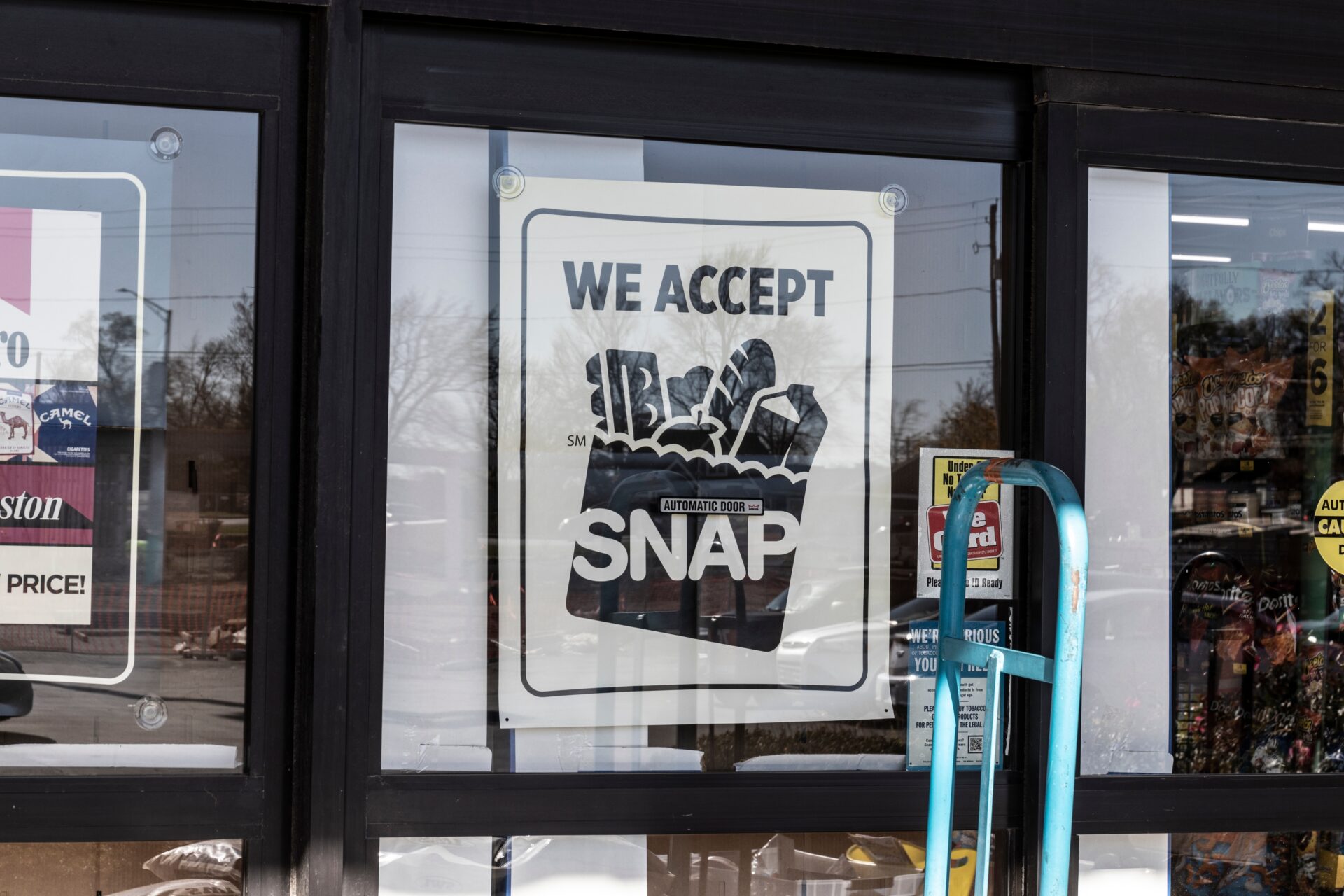
SNAP Cuts – Job Loss, Empty Shelves, STARVATION!
President Trump’s “One Big Beautiful Bill” slashes $186 billion from SNAP, threatening grocery markets, collapsing rural retail, and pushing millions toward hunger.
At a Glance
- Signed July 4, 2025, the bill cuts $186 billion in SNAP funds over 10 years
- Expands work requirements to age 64 and includes more parents
- Forces states to shoulder up to 75% of SNAP admin costs
- Estimated 2–3 million Americans could lose food benefits
- Retailers and food banks report major losses and rising demand
SNAP Gutted, Markets Shudder
Retailers from Walmart to corner stores are bracing for a devastating consumer drop-off after sweeping food aid cuts take effect. The legislation dramatically narrows SNAP eligibility while shifting administrative burdens to state governments—many of which are already overextended. Economists predict a $113 billion hit to GDP over the next decade and potential loss of over a million retail and agricultural jobs.
Watch: SNAP Cuts Threaten Food Banks, Washington and Beyond
The food retail sector, particularly in red and rural states with SNAP dependency rates near 18%, faces crisis conditions. Shrinking food aid translates into lower sales volume, particularly for grocers in underserved areas. Analysts warn store closures and supply chain contractions are imminent if states can’t patch the gap.
Human Fallout Ignites Backlash
Nonprofits and food banks are overwhelmed. In Washington, D.C., the Capital Area Food Bank lost funding for over 1.4 million meals, forcing cutbacks in service. In Connecticut, SNAP-Ed programs supporting nutrition education and meal planning have shut down following the elimination of federal funds—leaving families without vital resources.
The Congressional Budget Office warns that 2 to 3 million Americans will be cut from SNAP due to the bill’s expanded work requirements and narrowed eligibility definitions. States with high efficiency and low error rates are paradoxically penalized, now required to cover a higher share of program costs.
Democrats have launched billboard campaigns in rural hospital districts warning of a “silent starvation wave” tied to this legislation. Meanwhile, states like New York and Illinois scramble to introduce stopgap measures—emergency food taxes, reserve drawdowns, and nonprofit subsidies—to blunt the impact.
Grocery Collapse Incoming?
Food assistance has long been a stabilizer for the grocery economy, but that safety net is now fraying fast. Retailers are urgently evaluating whether to downsize, shift inventory, or withdraw from low-margin areas altogether. The result could be food deserts re-emerging in zones previously covered by mid-size chains.
With SNAP indexed to a frozen Thrifty Food Plan, benefit values will decline in real terms over time, even for those who remain eligible. Analysts call this a “double bind”: fewer recipients, and those who remain get less buying power.
If no federal correction comes soon, the long‑term effects may stretch far beyond hunger—cutting deep into local jobs, public health outcomes, and the viability of the American grocery grid.


